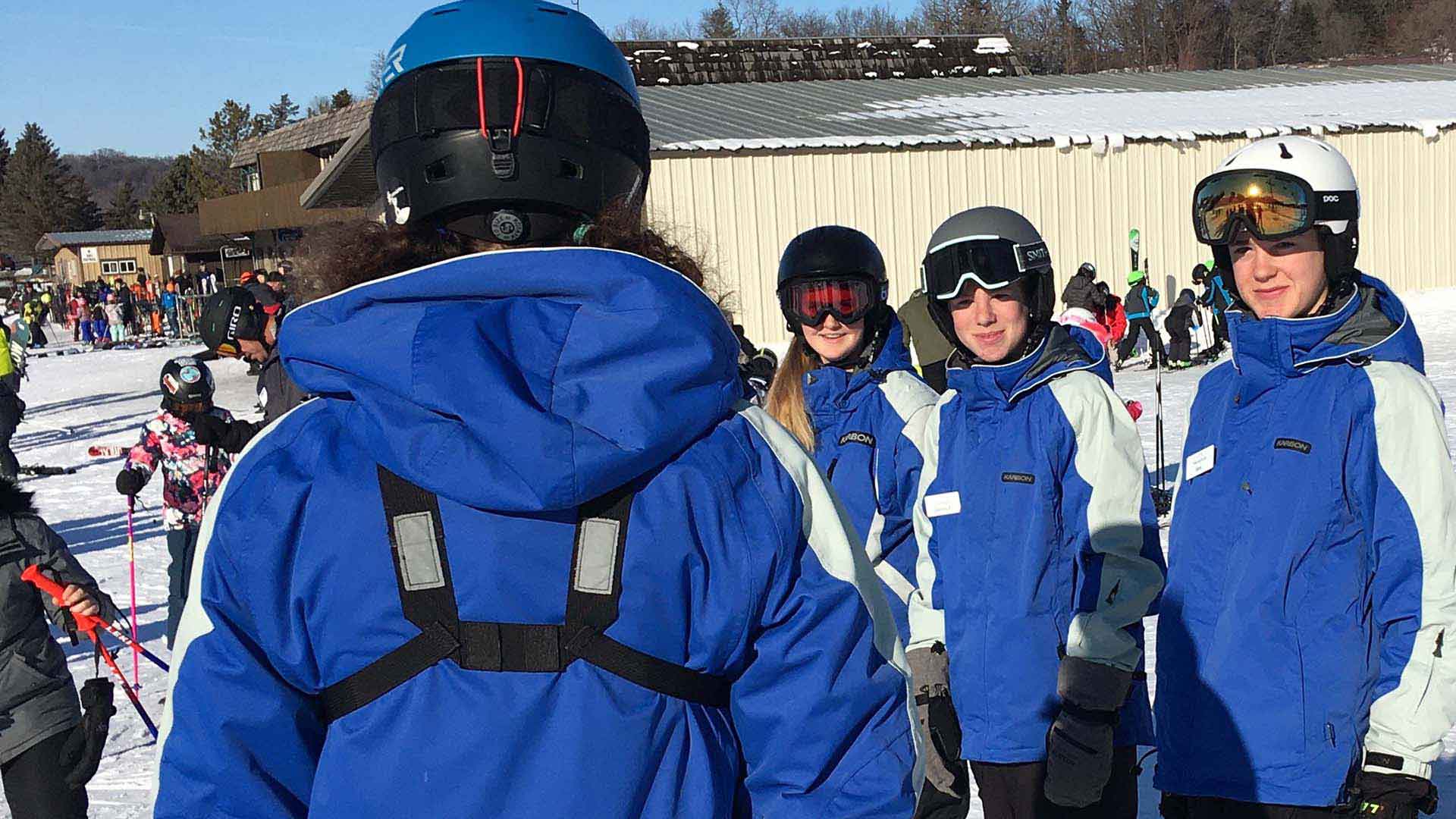Hours
Early Season Lift Hours: Thursday 4:00 pm - 9 pm • Friday & Saturday 10:00 am - 9 pm • Sunday Noon - 9 pm.
Lift Tickets
$30 + tax All Ages EArly Season Weeknight 4 to 9pm.Tubing Closed
The Tubing Area will open later in December. Check back for details.
Trails
Little Beaver, Timberwolf Trail, Wolf Ridge, and Big Brave are open.
Lifts
Lift 4, Lift 3, and Lift 2 are available. The Tubing Area Terrain Park is accessable by The Tubing Conveyor


